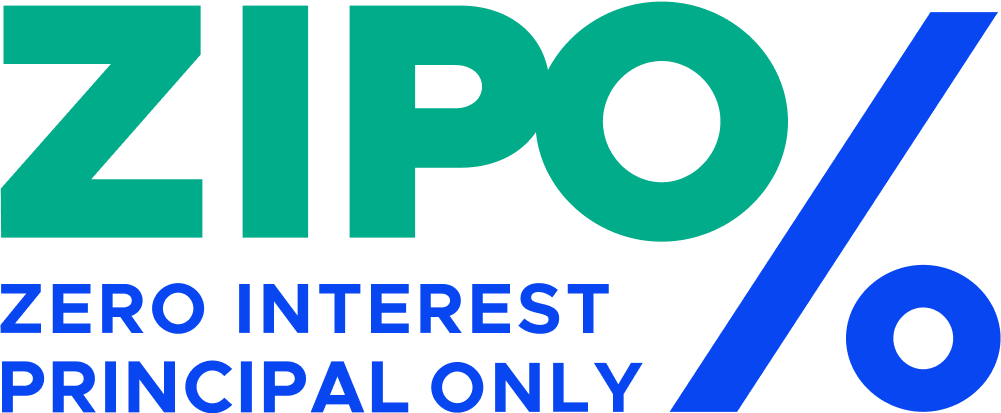NEWS
What It Will Take To Solve The Student Debt Crisis
The headlines are filled with pleas for the U.S. government to forgive student loans. While the prospect of seeing over a trillion dollars in debt be immediately wiped out is exciting, the truth is that even that isn’t enough to make the problem of the high cost for college fully disappear. The current student loan crisis is more complicated than just a bunch of overinflated account balances since there will still be people facing issues as they take out new loans. Instead of going for the fast way out of the crisis, there are several long-term solutions that must be considered before we can all feel better about sending young adults off to further their education.
Increase Access to Loan Forgiveness Programs
The current loan forgiveness programs offer debt relief to people based on their commitment to public service and income. While these are great assets to use in the effort to solve the crisis, there is the issue of these programs being hard for students to access. Right now, there is only a small percentage of people who are able to benefit from these programs, and the true benefits won’t pay out for more than another decade. Income-based repayment plans are still a helpful option, but those who enroll in them will still be looking at covering high monthly payments for many years.
Ditch the Interest Rates
Students who take out private loans often face extremely high-interest rates that tack on thousands of dollars to their balances over the years. Even students with government-based loans face a higher cost for their education that doesn’t have to happen. The current student loan deferral program has shown many people just how great it is to have zero interest being added to their balances. While some people have opted out of making payments during this time, others have chosen to take advantage of seeing their payments go further toward knocking out the balance. The deferral program is expected to end around May, but there is no reason to add interest back to the occasion. Keeping the interest rates at zero allows everyone to take advantage of the benefits this solution offers for paying off their loans.
Expand Pell Grants
Back when Pell grants were first offered, they managed to cover the majority of the costs that students accrued for college. Unfortunately, the amount that is offered today covers only a fraction of the amount that it once did. Since the Pell grant is designed to help lower-income students afford to go to college, saddling them with the leftover balance can significantly hinder their ability to live a comfortable lifestyle until they pay it off. Expanding the Pell grant amounts means that these vulnerable students will not be forced to take out so much debt.
Offer Tuition-Free Education
Since colleges and universities don’t seem interested in offering lower tuition rates, it might be time for the government to step in. While this option seems amazing, it does come with several drawbacks such as the need for students to still pay for things such as books, transportation and room and board. This could lead to student loans still being a high burden for people as they begin their careers. Keeping things as they are now but ending interest on those loans is a more viable solution in the long run.
If erasing everyone’s student debt seems too good to be true, then that’s because it is. We need to start thinking about how to stop people from accumulating large balances that they’ll eventually have to pay off. On top of working with colleges to get lower tuition rates and expanding specialized repayment programs, offering zero-interest loans means that no one has to pay more for their education than is necessary.
